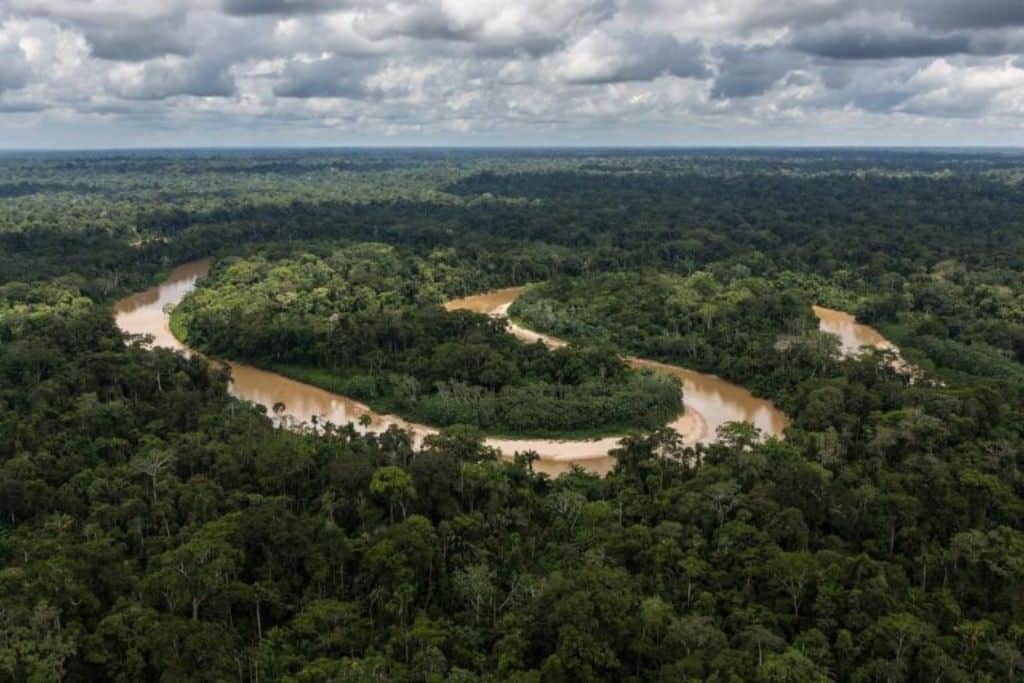The months-long drought – a 1 in 100 years event – has dried up large parts of the Amazon River, with water levels at their lowest in more than a century.
—
Climate change is the main driver behind the exceptional drought that has been affecting the Amazon River since mid-2023, with the return of El Niño further exacerbating the situation, new research suggests.
A group of scientists from the World Weather Attribution (WWA) group used published peer-reviewed methods to assess the role of climate change and El Niño in influencing the drought, which is affecting an estimated 30 million people that rely on the river for transport, food, and power. They found that climate change-driven high temperatures were the main driver of the historic drought – a 1 in 100 year event on the Standardized Precipitation Index (SPI). On the other hand, the El Niño – a phenomenon that warms the Pacific Ocean and historically a driver of drought – had a “much smaller influence.”
Parts of the Amazon River, the largest river by volume and the second-longest in the world, currently in its dry season, have been drying up at a rate of 30 centimetres (11.8in) per day since mid-September. By the end of the month, the river stood at 16.4 metres (54 feet), about six metres (20 feet) below its level in the same period last year, leaving entire communities stranded and struggling to access vital resources including fuel, food, and water.
Last September, extreme temperatures were blamed for killing 120 Amazonian river dolphins, one of a handful of freshwater dolphin species to experience dramatic declines in population in recent years, as waters of Lake Tefé – a lake near the point where the Tefé River merges with the Amazon River in north-western Brazil – exceeded 102F (38.8C). About eight of every 10 carcasses were pink dolphins, representing 10% of their estimated population in Lake Tefé.
“Ten percent is a very high percentage of loss, and the possibility that it will increase could threaten the survival of the species in Lake Tefé,” said Miriam Marmontel, a researcher at the Mamiraua environmental institute specialised in aquatic mammals and conservation.
Brazil’s Science Ministry had already pointed out the role of climate change in exacerbating the drought. “We are seeing a collision of two phenomena, one natural which is El Niño and the other a phenomenon produced by humans, which is the change in the Earth’s temperature,” Environment Minister Marina Silva said last September, adding that the unprecedented drought could happen more frequently.
“What is now about a one-in-50-year event would have been much less likely to occur in a 1.2-degree [C] cooler world. If we continue to warm the climate, this combination of low rainfall and high temperatures will become even more frequent,” said study co-author Friederike Otto, a climate scientist at the Imperial College of London.
Featured image: rawpixel
You might also like: What the Panama Canal Drought Tells Us About the Fragility of Global Trade

















